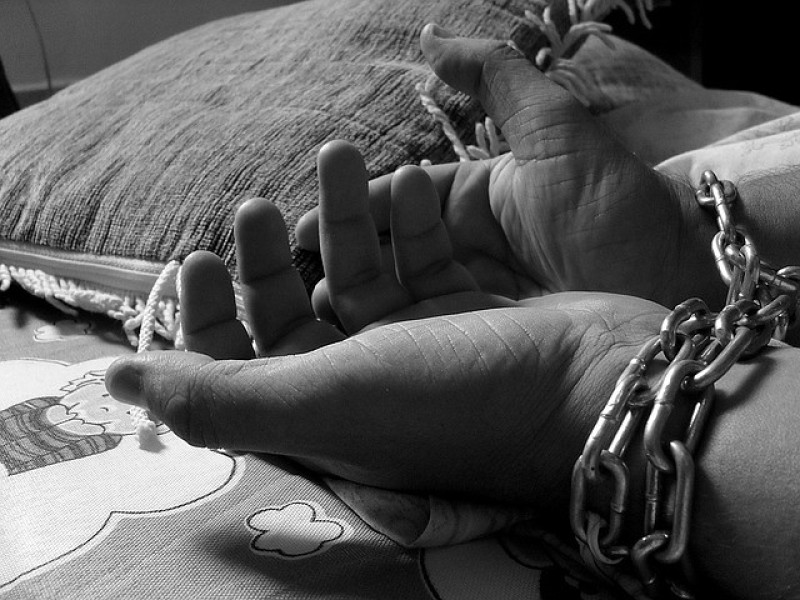In 2021, the Netherlands identified 791 new victims of trafficking compared to 1013 in 2020, claims a recent report by the CoMensha - a Dutch non-profit that monitors and raises awareness of human trafficking.
However, Ina Hut, Director of CoMensha, said there is no reason to believe that the number of victims of human trafficking is really declining.
“On the contrary. More and more people are vulnerable and human traffickers exploit this vulnerability,” which means that “there is less and less visibility to victims” who “have not received the help and protection they are entitled to.”
Human traffickers exploit domestic and foreign victims everywhere and it is not different for the Netherlands. The victims came from more than 60 countries with the Netherlands (237), Romania (95), Nigeria (68), Poland (39) and Hungary (37) the top five nations of origin.
About 65% of female victims were forced or coerced into sexual exploitation, while the majority of men, more than 70%, were exploited by labor traffickers. The rest of the victims were forced into crime, begging, organ removal or an unknown activity. Perpetrators mainly target people in their 20s, while the average age is 30 years.
Now, CoMensha wants to launch an independent investigation into the causes of the decreased numbers in the Netherlands.
Meanwhile, the number of victims in Switzerland increased by 50% between 2019 and 2021, the Swiss platform against human trafficking said.
There would be two main reasons for this. Firstly, the increased awareness of the problem within the police, asylum, social welfare and health sectors allowed more cases to be identified and put in contact with the platform. Secondly, the increase in the number of victims may also indicate a general increase in human trafficking. According to the platform, the vulnerability of many people increased during the COVID-19 pandemic.





